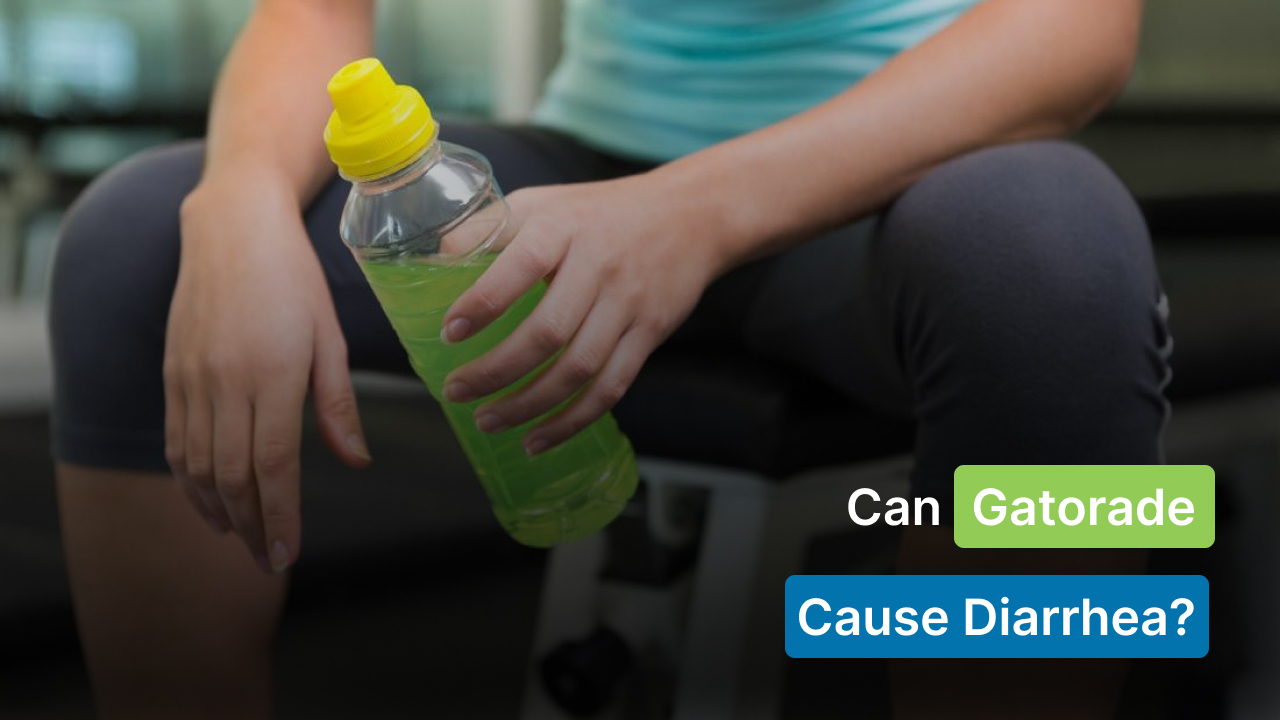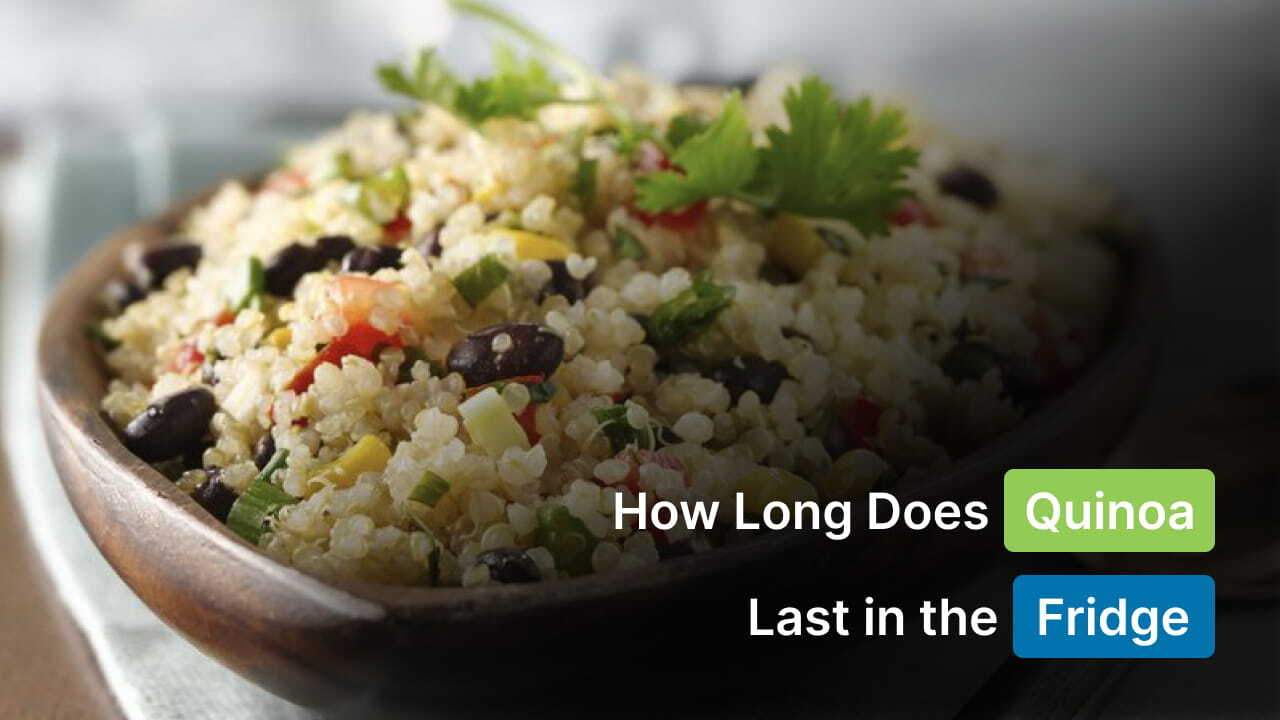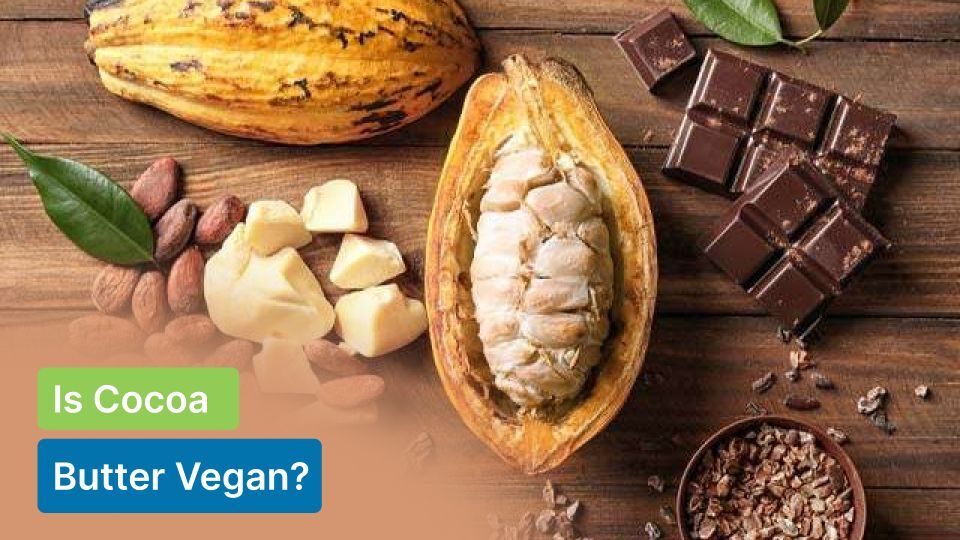
You might have noticed the word “vegetable glycerin” or just “glycerin” on different labels of food, medicines, and skincare products. It's also known as “glycerol.”
Even though vegetable glycerin has been around for years, its popularity has grown substantially recently. VG is a versatile and widely used substance. It's known for its diverse applications in various industries, from pharmaceuticals to beauty products.
So, what is this famous product being used in almost everything? Is it safe to use? And are there any potential side effects to be aware of?
This comprehensive article covers everything you need to know about vegetable glycerin, its uses, and the benefits it brings to the table.
What is Vegetable Glycerin?
Glycerine is a type of sugar alcohol compound that is made from either animal fats or plant fats.
Vegetable glycerin (VG), often known as glycerol, is a transparent fluid typically derived from soybean, coconut, or palm oils. It is defined by the American Chemistry Council (ACC) as a commonly used sugar alcohol.
The best part is that it is lactose-free, gluten-free, and preservative-free. It's typically found in creams, lipsticks, shampoos, hair conditioners, moisturizers, and other personal care products.
As the name implies, vegetable glycerine is produced from vegetable/plant oils. It is reported to have been discovered accidentally in the twentieth century by heating a mixture of olive oil with lead monoxide.
However, it did not become economically and commercially relevant until the late 1800s, when it was first utilized to produce dynamite.
This natural derivation differentiates VG from its synthetic counterpart, making it a preferred choice for industries that are looking for sustainable and eco-friendly practices.
Note: Glycerin and vegetable glycerine are the same thing. When a product label shows glycerin, it indicates that it is plant-based. This is because VG is affordable and widely available to manufacturers.
How Is Vegetable Glycerin Made?
Vegetable glycerin is commercially manufactured from fats, oils, and yeast or starch fermentation. It is found naturally in fermented foods, including beer, wine, and vinegar.
The majority of VG is produced as a byproduct of industrial chemical reactions. Vegetable oils, for example, can undergo saponification to yield vegetable glycerin.
Process: Vegetable glycerin is typically produced through a process called saponification or transesterification. This involves heating triglyceride-rich vegetable fats, such as those from palm, soy, or coconut oils, either under pressure or in the presence of a strong alkali, like lye.
The fats undergo a reaction that breaks them down into fatty acids and glycerol. The glycerol is then purified and refined, resulting in the vegetable glycerin commonly used in various industries, including food, cosmetics, and medicines.
Is Vegetable Glycerin Safe?
The US Food and Drug Administration (FDA) certifies vegetable glycerine under the category of “generally recognized as safe.”
Even if the majority of scientific evidence points to glycerol's safety, it is still a food additive, and consumers may have concerns – even the FDA acknowledges this.
Uses of Vegetable Glycerin
Some of the uses of vegetable glycerin are:
(i) Vegetable glycerine in foods
Most people are unaware that they already consume substantial quantities of vegetable glycerin on a regular basis. In fact, it is found in a variety of foods, including oats, chewing gum, toothpaste, and cosmetics.
Glycerine also serves as a food preservative and sweetener since it's a natural substance. It's also the secret ingredient that adds sweetness without adding calories.
However, glycerin is not a necessary component of a healthy diet, but it has not been proven to be harmful to human health when consumed in excessive quantities.
But how exactly are they used?
VG can be used in several ways. It may be added directly to food or mixed with other liquids before being added to meals. It also works well in several applications where sugar or honey would normally be used.
(ii) Skin conditions:
You may also use glycerin to treat minor skin issues such as breakouts, rashes, and dermatitis. The glycerin oil prevents dryness and irritation while also reducing inflammation. For example, Tacrolimus ointment.
(iii) Drug formulation:
In the pharmaceutical sector, VG is used as a drug carrier or solvent. Due to its extensive dissolving capacity, it is a helpful ingredient in liquid medicines, syrups, and oral solutions. This helps ensure that the active substances are delivered effectively.
The fact that glycerol helps protect the throat from irritation that could cause coughing is one of the reasons it's widely used to manufacture cough syrup.
(iv) Skincare and haircare products:
Vegetable glycerin is generally found in lotions, creams, and face serums to help moisturize the skin and form a barrier that protects it from external factors. Since it doesn't cause irritation, those with sensitive skin can use it. It also helps you have plump and glowing skin.
In addition, VG improves moisture retention in haircare products such as shampoos and conditioners. It helps hydrate the hair, making it easier to manage, minimizing frizz, and improving hair texture.
(v) Culinary application:
In some culinary applications, VG can be used by chefs and home cooks alike. It is a fancy ingredient in sweets, frostings, and syrups due to its sweetening qualities. Moreover, VG can keep sugar in frostings and cakes from crystallizing.
(v) Vegetable glycerin for E-liquids:
Since vegetable glycerin creates vapor clouds more readily than propylene glycol, it is often used in e-liquids for vaping. Hence, VG offers the extra benefit of offering a smoother vaping experience compared to other ingredients.
Although the FDA states that vegetable glycerin in food is safe since it is converted into glucose by the body and utilized for energy, this does not imply that it is safe for vaping.
Benefits of Vegetable Glycerin
The popularity of vegetable glycerin is growing due to its exclusive features like low-calorie content, great sweetness, and moisturizing properties.
Let's explore how VG provides benefits in our everyday lives:
i) Skin Health
One of glycerin's unique features is its ability to moisturize. Vegetable glycerin functions as a skin conditioner, keeping skin soft and supple.
The pH level of VG closely matches that of the skin, making it gentle enough to use on delicate skin and in baby skincare.
Because of its lubricant and emollient properties, glycerine can moisturize and soften the skin, as well as prevent dryness and irritation. It also acts as a humectant, which attracts moisture from the air and locks it into your skin. This makes it the best ingredient in lotions, creams, and serums and ensures your skin stays supple and hydrated.
Furthermore, it promotes wound healing on the skin and forms a protective barrier against the sun and potential germs to which you are exposed.
iii) Antibacterial properties
Recent studies suggest that glycerin might have antibacterial properties, which could help fight off certain germs. While more research is needed to understand this aspect fully, it adds an intriguing layer to glycerin's health benefits.
iv) Boost hydration and athletic performance.
We all know staying hydrated is important to our overall health, performance, and stamina.
For instance, dehydration can severely hinder your ability to perform tasks or athletic activities. In this case, glycerine can help promote water retention and prolong hydration.
People normally lose water through sweat or urination. When a person takes glycerin, it may increase fluid retention and lower urine volume.
v) Reduces itching and inflammation
Glycerin is widely known for its ability to create a protective layer between your skin and the environment, making it helpful for skin diseases such as eczema or acne.
Since these conditions often cause extreme irritation, glycerine can minimize the sensation of itchiness and thereby prevent further inflammation.
vi) Relieving constipation
Research has found that glycerine acts as a laxative substance, allowing foods to pass more easily through the intestines. When taken rectally, glycerin helps to lubricate the rectum and soften stools.
It attracts water to the hardened stool and assists the gut muscles in contracting more easily. That’s how it relieves constipation in some. Vegetable glycerine works better and is safer than many other common laxatives, which is why it's commonly used in enemas.
Side effects of Vegetable Glycerin
Vegetable glycerin has been reported to be safe to consume or use topically. However, its safety when vaped has yet to be fully investigated. Let’s get into the possible side effects of VG:
i). Stomach issues –
Despite being generally safe, consuming it in larger quantities may cause gastrointestinal problems, such as bloating, gas, and diarrhea. Given that VG has the potential to function as a mild laxative, this is particularly relevant when it comes to food items.
As a result, foods containing Vegetable glycerine should be consumed in moderation to reduce the risk of stomach problems. Those who already have digestive issues should speak with a doctor before cutting back on their glycerin intake.
ii). Allergic reactions –
Vegetable glycerin (VG) is generally well-tolerated. However, some people may be allergic to glycerine or the plants from which the oil was originally produced, resulting in skin redness, inflammation, or other allergic responses.
Other common side effects, including nausea, skin rash, swelling of the face, lips, or tongue, difficulty breathing, dizziness, and vomiting, have also been reported in some people.
Therefore, individuals who have known allergies to glycerine or related compounds should use caution and do patch testing before using any glycerin-containing products.
In the event of an allergic reaction, discontinue using the product, contact a healthcare professional or doctor, and ask for their suggestions.
iii). Vaping and respiratory considerations –
As explained before, VG is often used to make vapor in the case of e-liquids. Although Vegetable glycerin is usually thought to be safe to inhale, some users may have slight respiratory irritation.
Flavorings and colorings are usually food-grade, but there is not enough research to find out if these are safe to inhale. Some individuals may suffer difficulties breathing or chest discomfort in more severe situations. Other side effects may include coughing, dry mouth, and throat irritation.
Moreover, the long-term effects of inhaling VG vapor are still under investigation. Hence, people who vape must be aware of the risks to their respiratory health and keep up with the latest information regarding the safety of vaping products.
Important Note: One of the reassuring aspects of vegetable glycerine is its approval by regulatory bodies, particularly the Food and Drug Administration (FDA). The FDA has recognized glycerin as safe for consumption and use in various products, further endorsing its widespread application.
Whenever you’re purchasing glycerin-containing products, be it skincare, oral care, or consumption, don’t forget to look at the product labels carefully. Look for terms like “USP” (United States Pharmacopeia) or “NF” (National Formulary).
This indicates that the glycerin adheres to specific purity standards set by these organizations. This attention to quality ensures you are using a product that meets recognized safety standards.
Key Takeaway
All in all, vegetable glycerin is a sweet and clear liquid derived from vegetable oils. Glycerin can also be produced from animal sources, although vegetable glycerine serves as a vegan option. It is a common ingredient approved by the FDA that manufacturers may include in cosmetics, food, and drugs.
Given its moisture-retaining properties, glycerin can offer benefits for skin health, digestive well-being, and even athletic performance. However, it's crucial to know that certain people may experience adverse effects.
As a result, before using any product containing glycerine, it is advisable to consult with a healthcare provider or a pharmacist.
FAQs
1. What is vegetable glycerin good for?
Ans: Vegetable glycerine is used to treat constipation, improve athletic performance, and alleviate some skin conditions. It's also used for strokes, obesity, ear infections, and other minor medical issues.
2. Is vegetable glycerin the same as glycerol?
Ans: Yes. Vegetable glycerine and glycerol are the same. They are chemically identical; they both refer to the same substance – 1,2,3-propanediol.
3. Is vegetable glycerine safe?
Ans: Vegetable glycerine is generally considered to be safe, as per the FDA. However, there is a possibility of allergic reactions, headaches, nausea, and stomach issues in some people if taken in high quantities.
4. What are the side effects of glycerine?
Ans: Some possible side effects of glycerine may include dizziness, nausea, and vomiting. Furthermore, gas and diarrhea might result from excessive consumption of glycerin.
5. Can you use glycerin every day?
Ans: Yes. You can use glycerin on your skin every day. Due to its barrier-replenishing capabilities, soothing properties, and long-lasting effects, it is safe to use daily and even multiple times a day.
6. Is vegetable glycerin made of sugars?
Ans: No. Vegetable glycerin is not a sugar but a sugar alcohol. They have a glycemic index (GI) of zero, which means they don't trigger any spike in blood sugar.
Read Also:















































